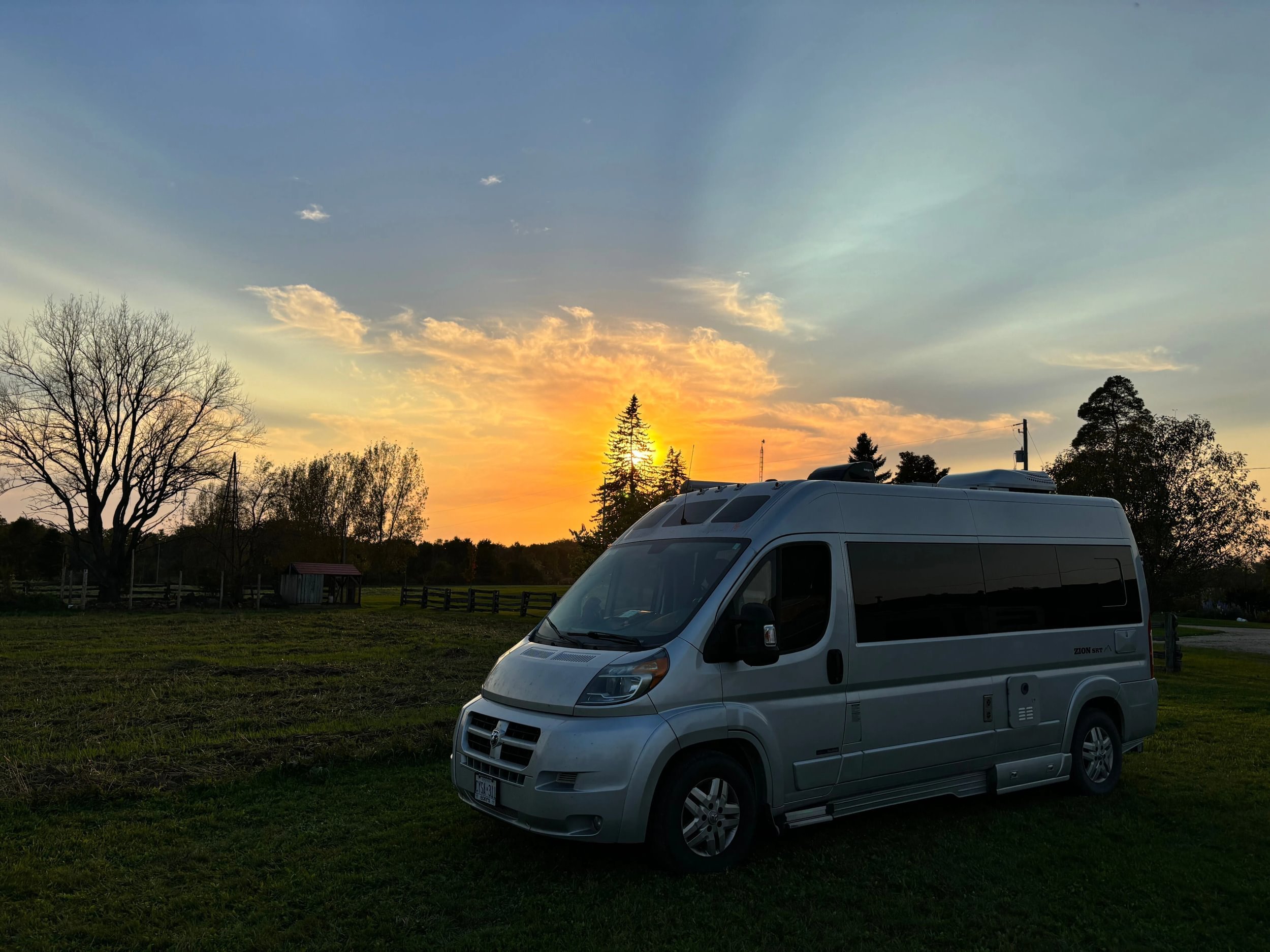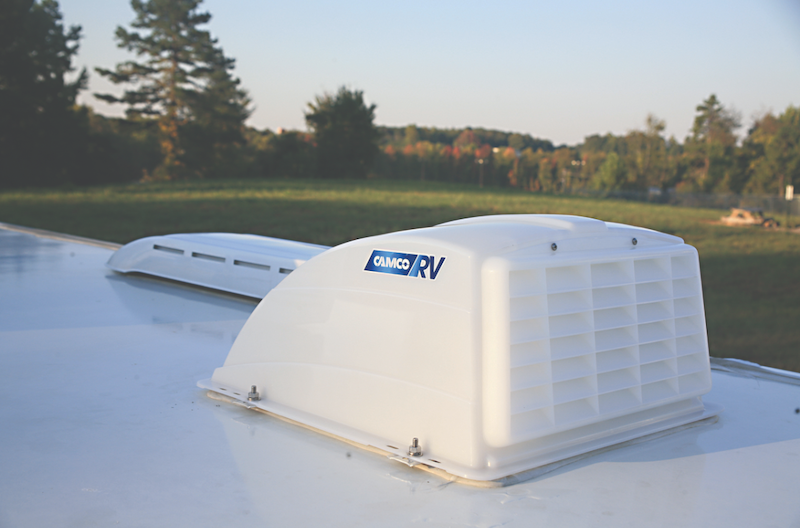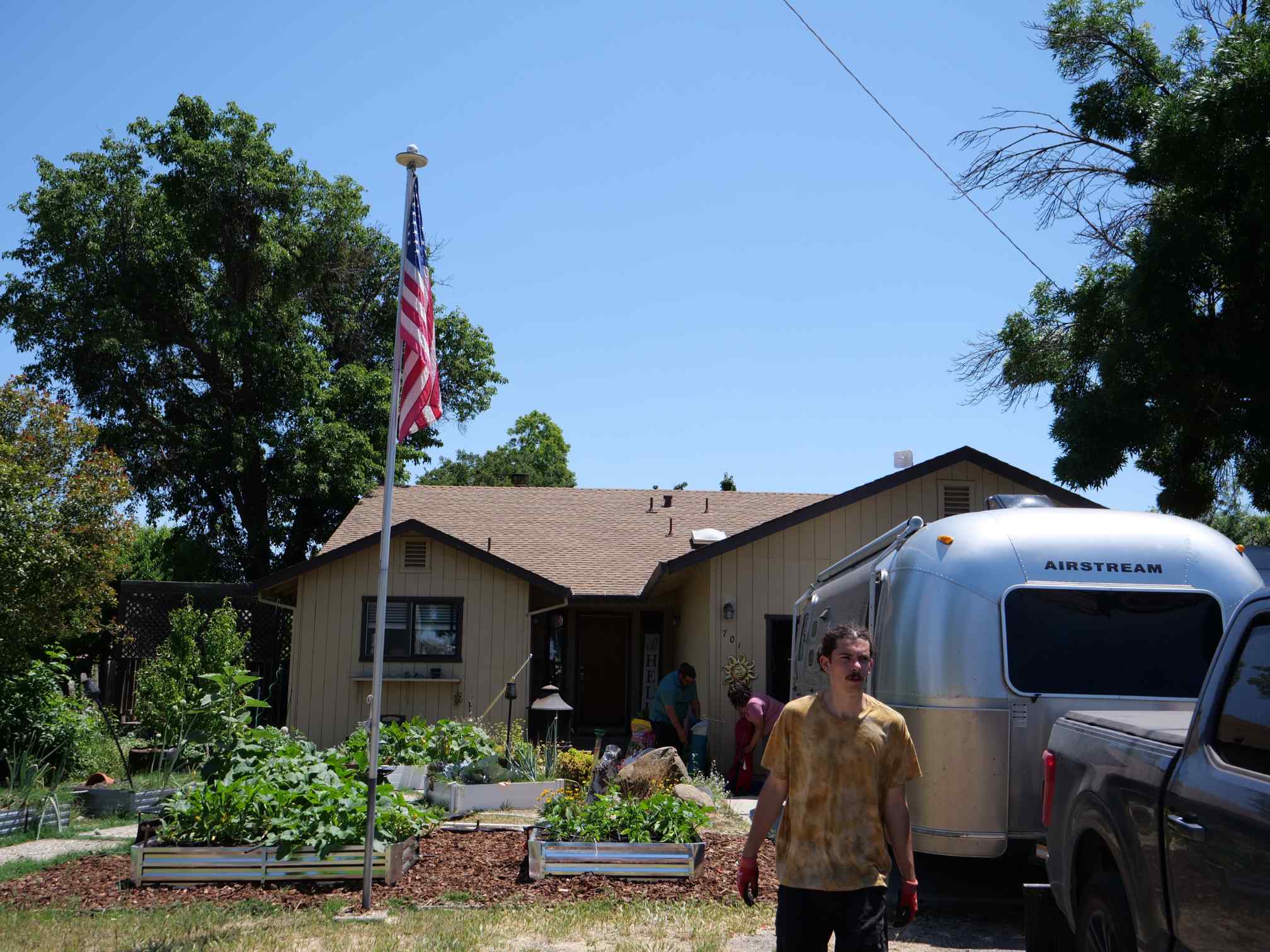What You Need to Know Before Restoring That Vintage Travel Trailer
Whether you’re refurbishing a trailer or converting a school bus to go traveling, the renovation process is similar to that of an actual home. Although a lot of work, any RV renovation lets you reflect your personal taste and it can certainly be a fun project. However, if it’s an older model camper or vehicle, there are also some real potential health risks you should be aware of. Asbestos may be present, so it’s vital to consider getting help rather than conduct certain aspects of the work on your own.
A restored vintage Airstream – photo credit @nomadmmlodge
What is Asbestos?
Asbestos is a known human carcinogen that was used in a variety of different products prior to 1980. Due to its fire-resistant qualities and ability to ward off generated heat, it made for a great component in vehicle parts that experience consistent friction. When asbestos begins to deteriorate, fibers may be released into the air, creating the ability to be inhaled or ingested. If exposed to these fibers, depending on the quantity and time length of exposure, you may be susceptible to developing an asbestos-related illness, such as mesothelioma cancer.
Mesothelioma is an aggressive form of cancer that is most commonly found in the lining of the lungs, but can also affect the heart and abdomen. With symptoms of this disease taking anywhere from 10 to 50 years to develop, most people who are diagnosed are typically in a later stage of life. Asbestos fibers lay dormant within the lining of internal organs where they inflame and scar surrounding tissues, eventually leading to the formation of tumors. The prognosis of this disease is very bleak, with most patients living less than one year. This form of cancer is one of the only that is non-genetic and preventable, making it important to be cognizant of where asbestos may be within your camper, as awareness is the ultimate form of reducing risk.
Common Places for Asbestos to be Present
It’s important to know the age of your camper. While asbestos is still not fully banned within the United States or Canada, its usage has been decreased dramatically due to the known medical issues it can create for humans. Asbestos can be found in older vehicle parts such as brake linings, transmission plates, fume hoods, clutch linings, and even flooring, tiling and insulative materials used within the camper.
For the more mechanical components of your camper, whether it be a bus or an RV, you should avoid replacing any parts by yourself. Rusted out brakes have the ability to deteriorate when disturbed and could release asbestos fibers into the air. While it may sound simple and rewarding to do-it-yourself for all areas pertaining to your camper, it is best to bring it to a certified mechanic who can replace these parts safely, with minimal harm involved for you and your loved ones.
In a camper such as an airstream for example, there are a few components within it that could contain asbestos. Older airstreams with floor tiles that are nine square inches most likely contain asbestos, while one with 12 square inch tiles do not. There may also be asbestos insulation surrounding the stove or furnace of the airstream. To better understand the materials that are used in your camper, the best practice would be to hire a certified asbestos abatement professional.
Testing Your Camper for Asbestos
Before beginning any type of renovation work, having your camper tested for not only asbestos, but other harmful toxicants such as formaldehyde and mold is a must. By having an abatement team come and conduct proper testing, you are ensuring that your project will be done safely and limit the health risks associated with exposure. Samples will be taken of each suspected material and tested at a lab to determine if there is a presence of asbestos. Asbestos is non-detectable just by looking at the material and the fibers are microscopic, so it is better to be safe than assume you are in the clear. Testing may take anywhere from one to two weeks and, in the meantime, this will provide you with more time to fully develop your plan to creating your dream camper.
Creating a Safe Workspace
Even after removing asbestos-containing materials, you should follow safety protocol and wear protective clothing, eyewear, and a respirator when conducting any project that will create dust or disrupt air quality. You should also have solid ventilation in your workspace to improve the quality of air and maintain a consistent airflow. Be sure to bag and label all scrap materials and have them disposed of properly at a waste management facility to limit the damage these scrap materials could have on the environment and surrounding communities.
If you follow all of these steps, you are destined to have a finished product that is not only unique but safe, and feel confident you’ve done everything you can to enjoy traveling in good health for years to come.
The substance of this post was sourced from mesothelioma.com, a patient advocacy center for spreading awareness and sharing resources related to this cancer while advocating for an asbestos ban in the United States.
References:
https://www.mesothelioma.com/mesothelioma/types/pleural.htm
https://tincantourists.com/inspecting-a-vintage-trailer/
https://www.epa.gov/asbestos/protect-your-family-exposures-asbestos
Learn More About Boondockers Welcome
We promise not to spam you!






Experience the comfort and convenience of our family hotel, designed with your tribe in mind. With thoughtful amenities and a warm atmosphere, we make it easy for families to relax, connect, and make lifelong memories together.
When it comes to ear, nose, and throat health, trust the best ENT specialist in Lahore at Shalamar Hospital, where expertise meets compassionate care.
Restoring a vintage travel trailer can be a rewarding project, but there are several crucial factors to consider before diving in. First, assess the overall condition of the trailer to determine if it’s structurally sound. It’s essential to check for any water damage, as this can lead to significant repairs. Next, plan your budget carefully. Restoration costs can quickly add up, so it’s important to allocate funds for both expected and unexpected expenses. Additionally, sourcing authentic parts can be challenging, so patience and perseverance are key. If you’re considering Victoza cheap for managing your health during the restoration process, you can find more information here https://insulin.store/victoza
. Lastly, ensure you have the necessary skills or access to skilled professionals who can help bring your vintage travel trailer back to life. With careful planning and attention to detail, you can transform a vintage trailer into a beautiful, functional space that you’ll enjoy for years to come.